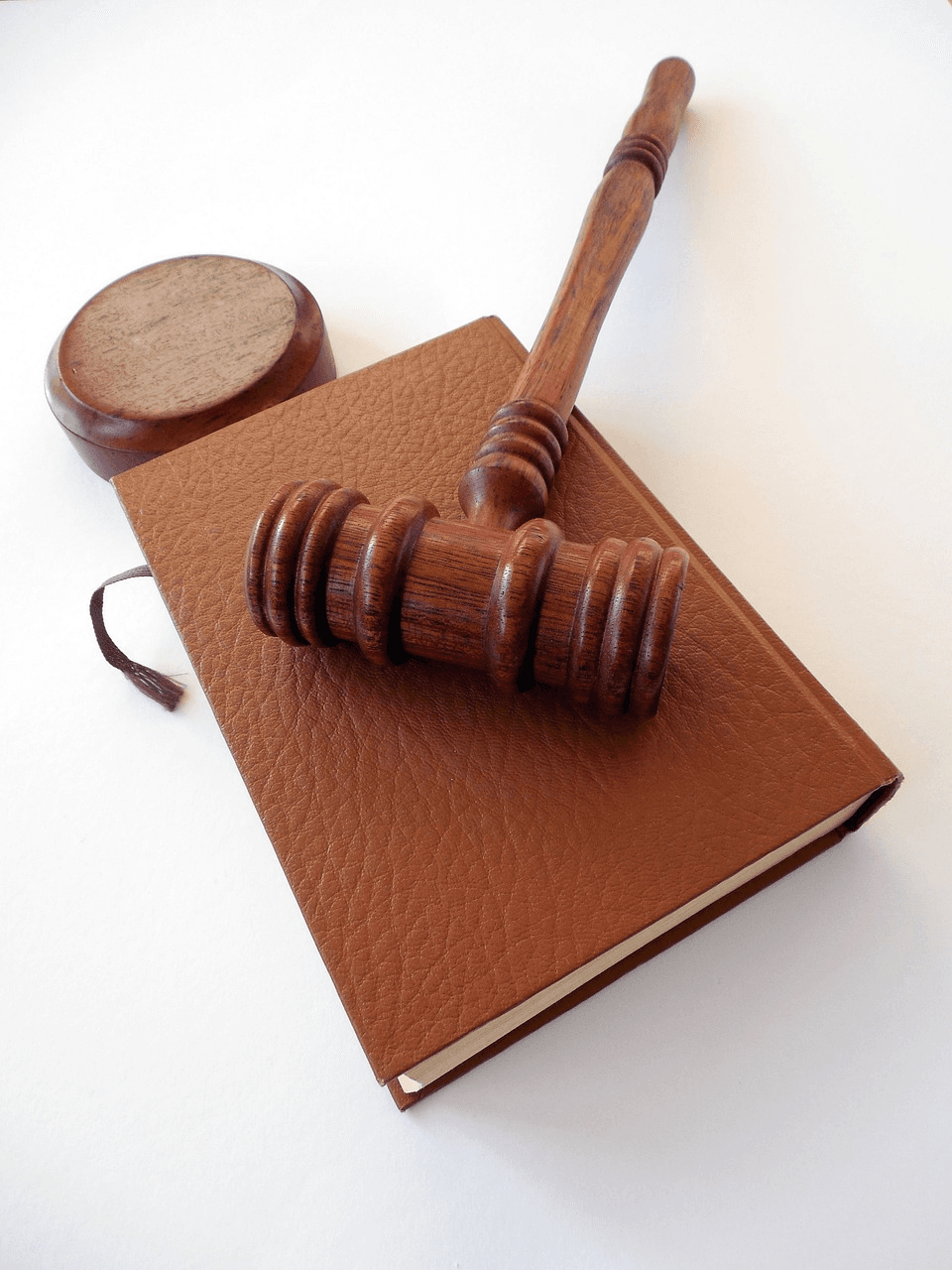
10 Rules to Know to Avoid Getting Pulled over
Learn 10 common but lesser-known Illinois traffic rules to avoid unnecessary police stops.
Learn 10 common but lesser-known Illinois traffic rules to avoid unnecessary police stops.
As attorneys, we often represent clients facing misdemeanor or felony charges that began with a simple traffic stop. More often than not, the more serious charges arose only after an officer made a routine stop for an equipment defect or minor moving violation. Speeding and failing to signal are obvious reasons for being pulled over, but here are 10 lesser-known, yet very common, rules to keep in mind:
- Check your lights. All lights, including tail lights, must work. Many stops happen because drivers forget to turn on their lights after leaving a well-lit parking lot. Headlights must be on before sunrise, after sunset, when using windshield wipers, and whenever visibility is less than 1,000 feet.
- No license plate covers. Even clear covers are illegal. Selling or advertising them is also prohibited, and a violation counts as a moving violation.
- Turning rules. When turning left, you may choose either lane (as long as you commit to one). When turning right, you must turn into the closest right-hand lane.
- Objects on the rearview mirror. The law doesn’t ban hanging items, but anything an officer decides “materially obstructs” your view can be grounds for a stop.
- Windshield cracks. Not all cracks are illegal, but if one obstructs your view, it can justify a stop—again, up to the officer’s interpretation.
- Tinted windows. Illinois laws on tint are complicated. You cannot tint the windshield (except the top 6 inches), and rules for front side windows are strict. Even factory-installed tint may not protect you from a ticket.
- Front and rear plates required. Passenger cars must display both. Plates should hang straight and not swing more than 5 inches from the ground.
- Unobstructed plates. Plates must be free of mud, snow, rust, or tow hitches that block visibility. If your plate was issued before 2004 and is rusting, you may qualify for a free replacement through the Secretary of State.
- No extra or colored lights. Headlights must emit white, yellow, or amber light only. Flashing or oscillating lights are reserved for emergency vehicles.
- Seat belts for all. Drivers, front passengers, and backseat passengers must wear seat belts. What used to be secondary enforcement is now a primary reason for a stop.
When laws leave room for interpretation, you may be pulled over for something later dismissed in court. But first, you’ll still be stopped—and that stop can lead to other violations. This list isn’t about “getting away” with anything. It’s about avoiding unnecessary attention from police, especially if you already feel like an easy target.
The post 10 Rules to Know to Avoid Getting Pulled over appeared first on Harter & Schottland.
